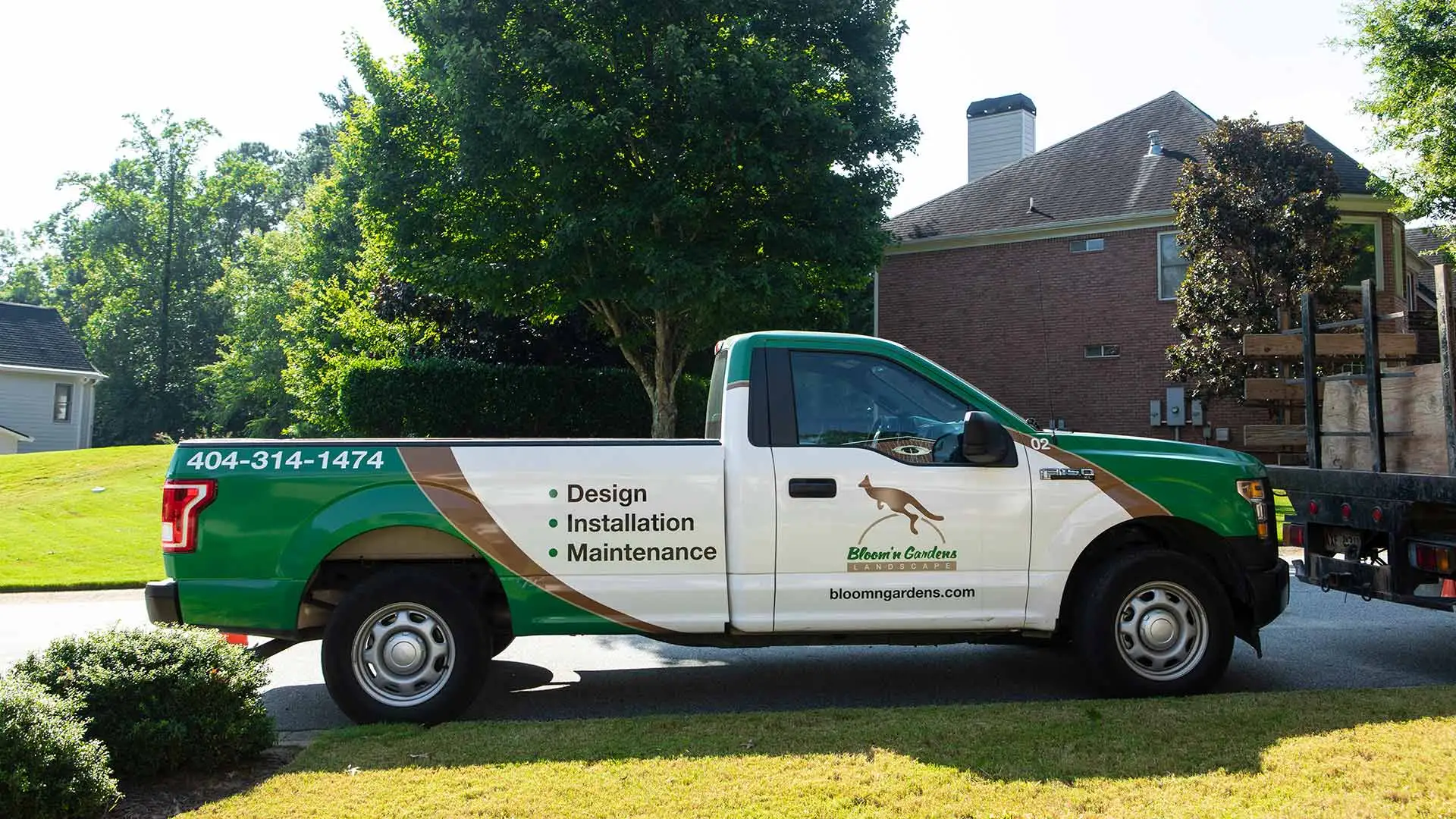 The recent cold snap may have sent Georgia residents scurrying indoors, but spring will arrive before we know it. While it’s tempting to wait out the weather, dreaming of bright blossoms while researching organic home décor and cutting edge hardscape designs, there’s still plenty to do to prepare your landscape for spring. Gardens lie dormant in the winter, bare of leaves and blooms. This unimpeded view of shrubs and tree limbs offers the perfect opportunity to make structural changes to your plants. January to March is the ideal time to trim overgrowth and reshape shrubs.
The recent cold snap may have sent Georgia residents scurrying indoors, but spring will arrive before we know it. While it’s tempting to wait out the weather, dreaming of bright blossoms while researching organic home décor and cutting edge hardscape designs, there’s still plenty to do to prepare your landscape for spring. Gardens lie dormant in the winter, bare of leaves and blooms. This unimpeded view of shrubs and tree limbs offers the perfect opportunity to make structural changes to your plants. January to March is the ideal time to trim overgrowth and reshape shrubs.
Pruning Plants in Winter
Winter pruning minimizes the risk of shock and disease in plants. Because pruning encourages growth, trimming limbs during the dormant season encourages a brighter, fuller garden when plants revitalize in early spring. Pruning redirects nutrients to the most vital branches, encouraging better health and more abundant fruit and flowers. Prune your deciduous trees, ornamentals, and shrubs after the initial onslaught of cold winter weather, when frequent thawing and refreezing makes plants most vulnerable. Take advantage of your winter pruning spree and cut back ornamental grasses like liriope, which often become overgrown and bedraggled during the cooler months.
What to Prune
Diseased limbs
Dead branches
Branches than impede walkways and driveways
Potential safety hazards (limbs positioned near power lines or home windows)
Smaller branches in a thicker canopy
Pruning Tips
Incorrect pruning techniques make plants susceptible to disease, slowed growth, and the disapproving eyes of your neighbors. When pruning your plants this winter, follow these basic guidelines:
Choose a sunny day in mid to late winter
Use clean, sharp pruning shears
Angle your cuts to mimic branch growth
Research proper pruning techniques for frequently overpruned trees like Crepe Myrtles
Step back often to reassess what needs pruning
When in doubt, prune less
For more tips on landscape maintenance, call Bloom’n Gardens Landscape in Mableton.



Comments (0)
Thanks for your comment!
Thanks for your feedback! Your comments have been successfully submitted! Please note, all comments require admin approval prior to display.
Error submitting comment!
There is a problem with your comment, please see below and try again.